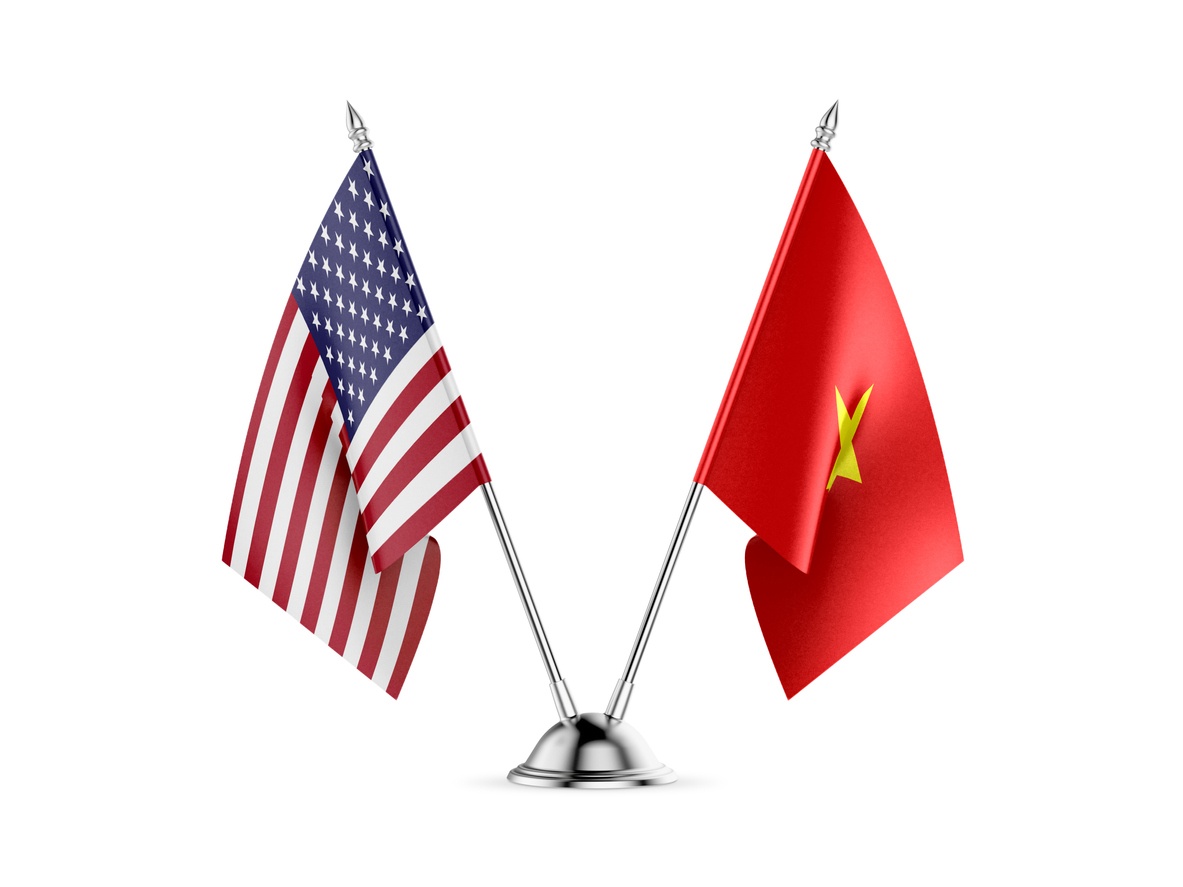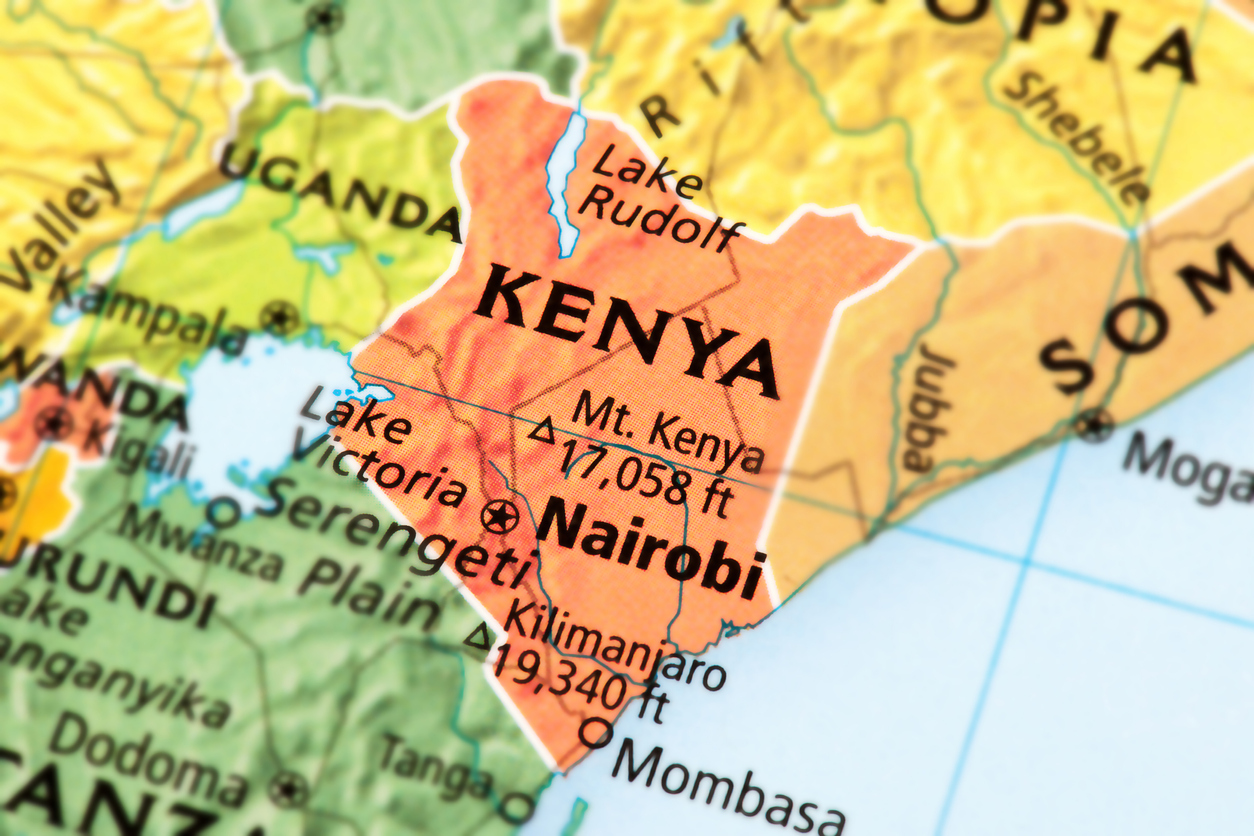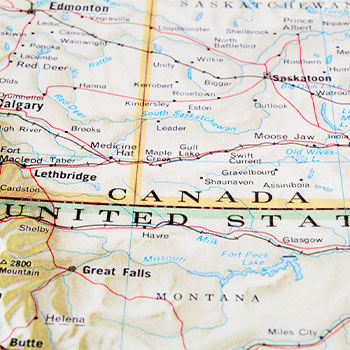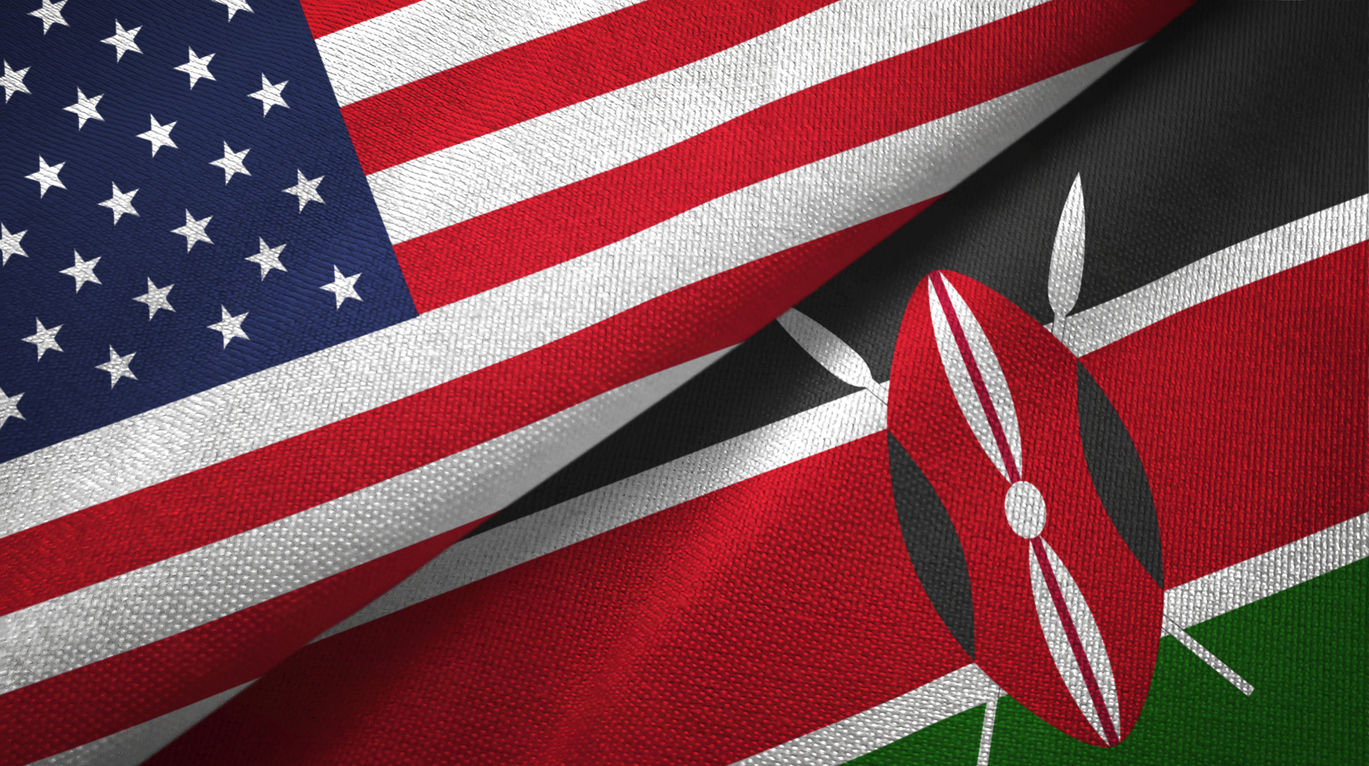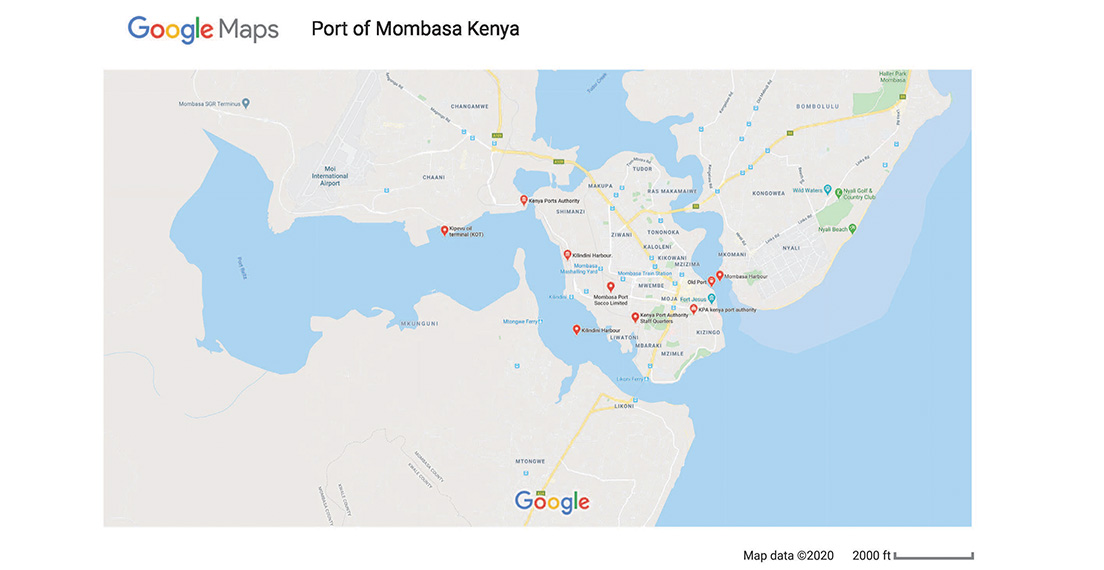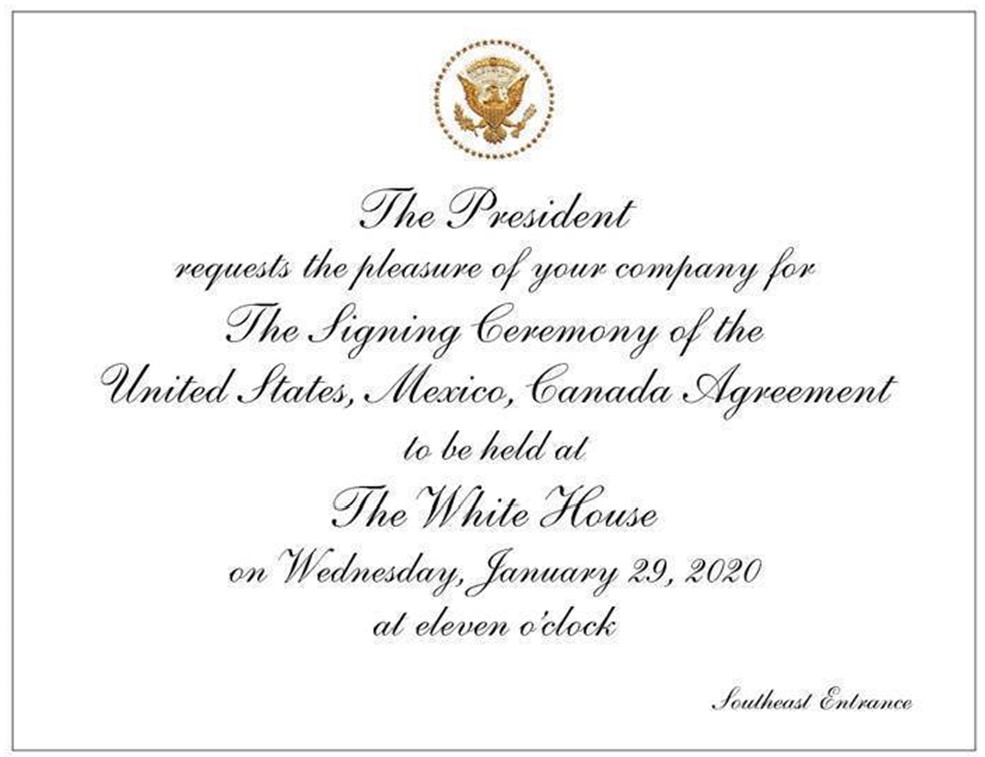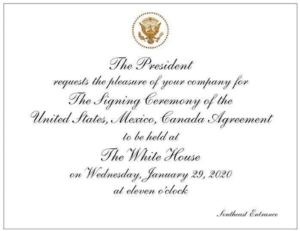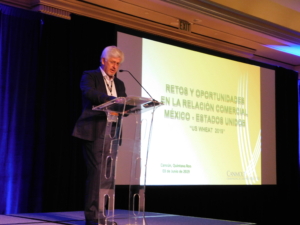By Shelbi Knisley, USW Director of Trade Policy
Last week U.S. Wheat Associates (USW) submitted comments to the Office of the United States Trade Representative (USTR) for the annual National Trade Estimates (NTE) report.
The NTE report allows U.S. industry organizations to highlight and comment on trade barriers impacting their trade opportunities to the U.S. government. USW highlighted several key U.S. wheat markets where there are many barriers in market access, sanitary and phytosanitary (SPS) issues, export subsidies and domestic support. Two of these barriers are highlighted below.
India
India maintains a trade distorting market price support system that encourages domestic wheat production. This leads to distortion in the international market due to domestic crop size and price. When stocks are too large, India has a history of applying export subsidies to move these excess wheat supplies out of the country. If they were to comply with World Trade Organization (WTO) rules and eliminate these subsidies it would create a more level playing field for U.S. wheat exports and increase U.S. wheat annual value of production by an estimated $516 million per year by 2028/29, according to a study by a Texas A&M University economist.
China
China has long been featured in USW NTE submissions with its violations of domestic support and TRQ policies. This year, both of those sections received substantial updates as China works toward compliance in the WTO case rulings and in implementing the Phase One agreement. When China joined the WTO, it agreed to an annual 9.64 million metric ton (MMT) tariff rate quota (TRQ) with a one percent duty but have always manipulated its administration to prevent proper use. USW is encouraged by the recent changes that have promoted extensive use of the TRQ this year but remains vigilant in monitoring the TRQ administration to ensure full compliance with the WTO ruling. That TRQ administration, coupled with real domestic support reforms, are key to unlocking the long-term potential of China’s wheat market for U.S. farmers and to providing consistent access to U.S. supplies for Chinese millers.
For more details and to read about trade barriers in other countries, USW comments to the USTR can be found here. USTR will use these comments to develop its annual NTE report to be released in early 2021.


